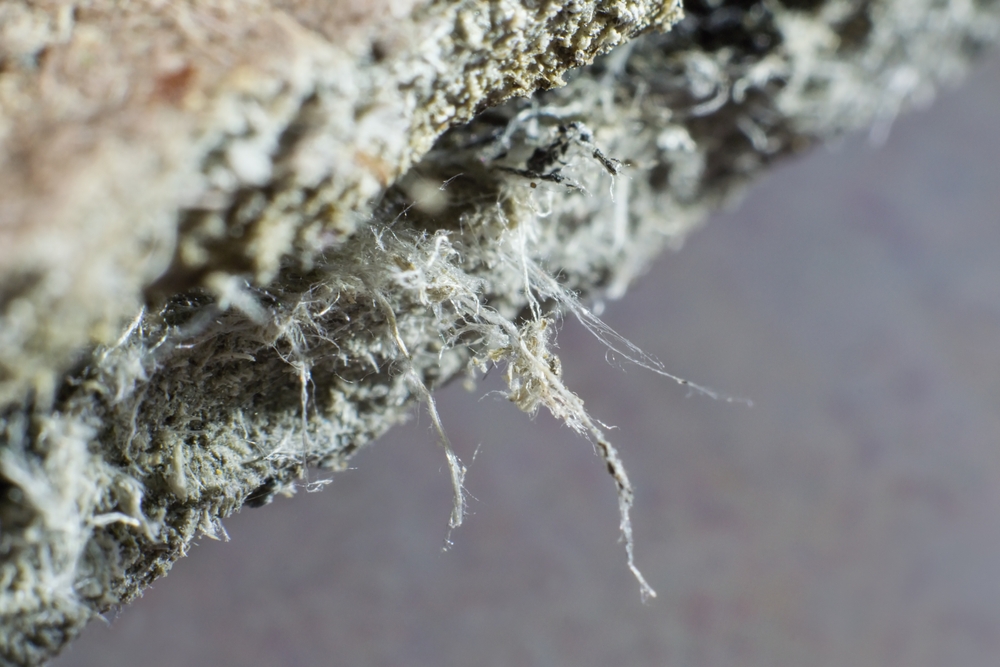
Asbestos is one of the most significant and notorious materials ever used in the construction industry, particularly in Australia.
Its extensive use spanned several decades, leaving a legacy that still impacts buildings and human health today. But why was asbestos used so widely in Australia? This article explores the reasons behind the popularity of asbestos, the types of asbestos commonly used, and the consequences of its widespread application.
Asbestos is a group of naturally occurring minerals composed of fine, durable fibres. These fibres are resistant to heat, electricity, and chemical damage, making asbestos an incredibly versatile material. Its unique properties led to its extensive use in many industries, particularly in construction. Here’s some more detail about the beneficial properties of asbestos:
Fire Resistance
One of the primary reasons asbestos was so widely used in Australia was its fire-resistant properties. Asbestos fibres could withstand extremely high temperatures, making them ideal for use in construction materials such as asbestos cement sheets and insulation. This made buildings safer in terms of fire hazards, which was a significant concern in the past.
Insulation
Asbestos was also valued for its excellent insulating properties. It was commonly used in building materials like asbestos cement to provide thermal and acoustic insulation. This made it particularly attractive for use in homes and industrial buildings where temperature regulation and noise reduction were important.
Durability
The durability of asbestos was another reason for its widespread use. Asbestos-containing materials (ACMs) were resistant to wear, corrosion, and chemical erosion, which meant they could last for decades without deteriorating. This made asbestos a cost-effective option for long-lasting construction.
Cost-Effectiveness
Asbestos was relatively inexpensive and readily available, especially as asbestos mining in Western Australia and New South Wales provided a steady supply. The affordability of asbestos products made them an attractive choice for builders and manufacturers.
Asbestos was used in a wide range of building materials and products in Australia. Its versatility meant it could be found in everything from roofing and insulation to floor tiles and brake pads.
Construction Industry
Asbestos was heavily used in the construction industry. Asbestos cement products, including asbestos cement sheets, were common in Australian homes and buildings. These materials were used in roofing, walls, floors, and even in pipes. Bonded asbestos, where asbestos fibres were tightly bound in a matrix, was often used in construction materials to add strength and fire resistance.
Industrial Applications
Beyond construction, asbestos was used in many industrial applications. It was incorporated into machinery components, protective clothing, and shipbuilding materials due to its heat-resistant and durable nature. Blue asbestos and brown asbestos were particularly favoured for these purposes due to their superior properties, although they are now known to be the most harmful forms.
Consumer Products
Asbestos-containing products extended to consumer goods as well. Items like brake pads, household appliances, and even some fabrics contained asbestos due to its insulating and fire-resistant qualities.
Despite its widespread use, the harmful health effects of asbestos were not well understood during its peak usage.
Workers in asbestos mines and construction workers who handled asbestos materials were regularly exposed to asbestos fibres without proper protective measures. The tiny, airborne asbestos fibres, when inhaled, could lodge in the lungs, and remain there for years, leading to severe health problems.
Emergence of Health Concerns
Over time, the health risks associated with asbestos exposure became more apparent. Asbestos-related diseases, such as lung cancer, mesothelioma, and asbestosis, began to emerge among those who were regularly exposed to asbestos. These diseases are directly linked to the inhalation of asbestos fibres, which cause scarring and inflammation in the lungs.
Delayed Awareness
Unfortunately, by the time the dangers of asbestos were fully recognised, it was too late for many workers and residents.
The long latency period of asbestos-related diseases meant that symptoms often appeared decades after exposure. This delayed awareness led to continued use of asbestos even as the first health concerns were being raised.
As the harmful effects of asbestos became undeniable, Australia began to impose stricter regulations on its use. The 1980s marked the beginning of the decline in asbestos consumption, as health concerns over asbestos exposure led to increased restrictions.
The Australian government introduced regulations to limit the use of asbestos-containing materials. These regulations aimed to protect workers and the general public from the harmful effects of asbestos. By the 1990s, the use of friable asbestos materials, which can easily crumble and release fibres, was heavily restricted.
In 2003, Australia implemented a complete ban on the manufacture, use, and importation of asbestos and asbestos-containing products. This ban was a significant step in reducing the risk of asbestos exposure and preventing further cases of asbestos-related diseases.
Despite the ban, the legacy of asbestos remains. Many buildings constructed before the 1980s still contain asbestos materials. These buildings pose a risk if the asbestos-containing materials deteriorate or are disturbed during renovations or demolitions.
Proper asbestos management is essential to prevent asbestos exposure. This includes routine inspections of buildings, the development of asbestos management plans, and the safe removal of asbestos materials by licensed professionals. Non-friable asbestos, which is less likely to release fibres unless disturbed, is still present in many older buildings and requires careful handling.
Given the risks associated with asbestos, it is crucial to seek professional help if you suspect asbestos is present in your home or workplace. Licensed asbestos removalists can safely manage or remove asbestos, ensuring that you and your family are protected from exposure.
Asbestos was once widely used in Australia due to its remarkable properties, but the dangers it poses have led to its complete ban. If you live in an older building or are planning renovations, it’s essential to ensure that any asbestos materials are handled safely.
Asbestos Australia offers expert asbestos removal, management, and inspection services to keep your property safe. Contact us today at 03 9704 2952 to discuss your asbestos concerns and get the professional help you need.
Posted By: Asbestos Australia Removalist
Leave a Reply